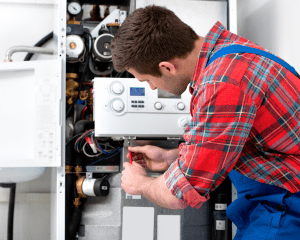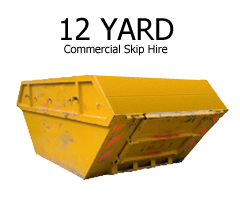boiler repairs coventry will do their annual check-up and they put a checklist for it. The warmer should fix or stay aware of by an assistance affiliation or an installer who is endorsed and ready for the pot support. The radiator upkeep ought to be performed close to the beginning or the completion of every single year. During this thorough audit, the expert should:

Mindfully check out the warming system and right any issues. During upkeep, check and clean the pot heat exchanger. Guarantee that all affiliations and connections to the evaporator are not hurt. Guarantee the pH of the water is in the right reach. In reality take a gander at the leakage structure, flush and clean the system if required. Clean and survey the burner get-together, igniter, and fire sensor. Survey the ventilation structure for utilization, wear, or deterring to ensure that all lines and affiliations are securely related. Check the air deltas and vent clasps to ensure that they are not prevented. Test the low water cutoff. Replace all parts affected by mileage consistently. Replace old gaskets, fire shafts, frame bars, and old igniter. Audit the control settings and test the practical and security controls.
Periodic Maintenance
These things should be kept an eye on by the construction’s upkeep staff for a diligent reason, or as habitually as displayed under:
Check and stay aware of the real oil level in the blower lube tank (every day). Use SAE 20/30 oil. Clean oil channels something like two times each week:
– Stop capacity to siphon motor.
– Close the shut-off valve.
– Take out the channel. Clean channel but again install into housing.
– Place sifter cap into genuine position, restart siphon motor, and truly investigate vacuum.
– Vacuum scrutinizing ought to be high; if not, really investigate the seal on the cap. On account of examining is high, then, open the oil valve.
– Check oil pressure by examining the burners.
Keep sight glasses clean. This considers a sensible viewpoint on the burner fire and any carbon fostered on the evaporator’s start chamber (contingent upon the circumstance). Keep air channels clean. A deterred air channel can provoke an awful air/oil mix and carbon creation (contingent upon the circumstance). Truly investigate oil spread temperature at sidearm pre-warmers. Channel temperature should be 110° F to 120° F, and outlet temperature should be 140° F to 150° F for No. 6 oil (every day). Flush channel low water shorts/sidearm oil pre-hotter (two times each week). Flush channel low water shorts while the burner is on and fire is accessible in the pot’s start chamber. Right when the unit is flushed, the fire should turn off. Grant the burner to start preceding checking other low water shorts. Flush down the water line hotter, shut off the lower partition valve, open the channel valve to flush the unit, shut the divert-off valve, and resume the separation valve. Direct warmer base blowdown to clear sludge and residue, control high water, and control manufactured treatment obsessions (month to month or contingent upon the circumstance). Screen the make-up water being added to the pot as well as the evaporator feed unit. Since the structure works through the shut circle, an excess proportion of new (untreated, oxygenated) water supply is preventing pot parts and is a large part of the time a sign of an opening in the system. Screen smoke alert reliably:
– Wipe light source and recipient.
– Smoke alert unit should not be set at its most raised point.
– Unit should be set according to NYC Buildings Department rules.
Keep an exhaustive radiator compound feedwater therapy program. Keep a motor compartment log to record any issues and routine help. Truly see the start, evaluate burner controls, and audit burner action. Lead trap evaluation program with replacement of trap parts in townhouse units and steam traps inside the storm cellar. Lead pipe evaluation program to ensure all lines have contributed to the direction of steam source one-pipe steam systems or condensate squander two-pipe structures.



